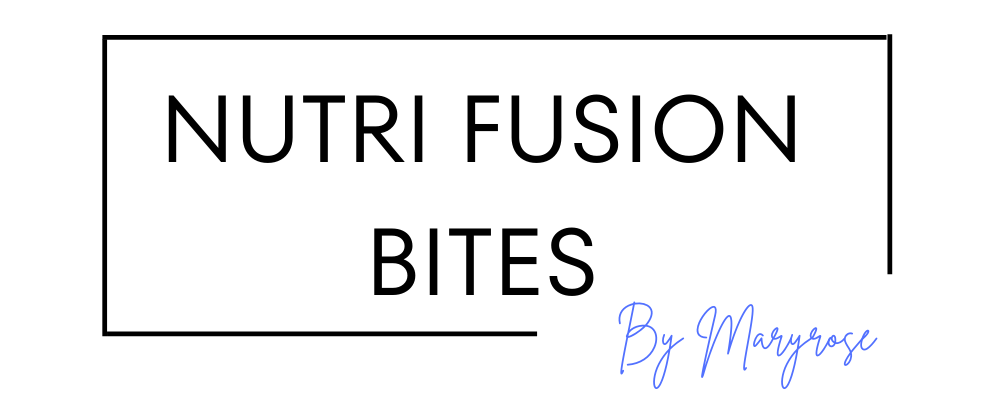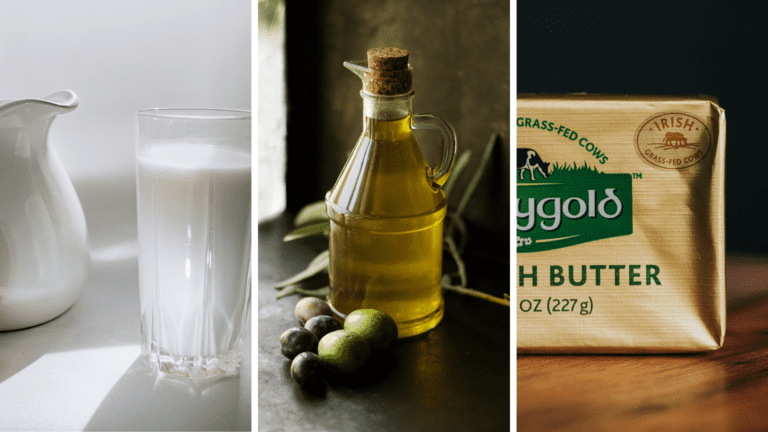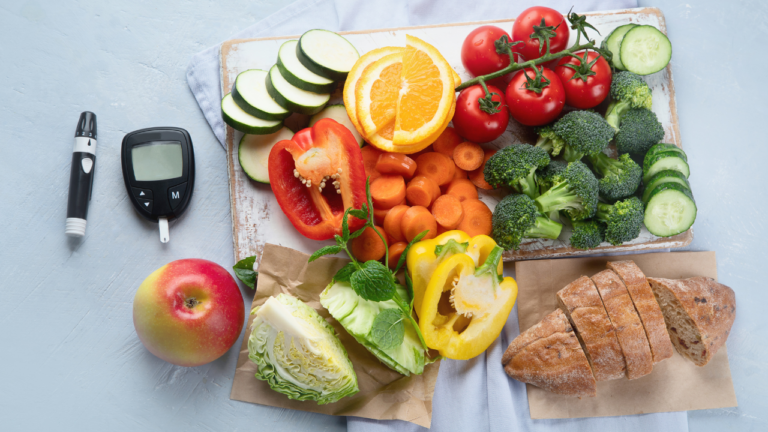What Is Raw Milk?
Raw milk is milk from an animal, whether that be a cow, goat or camel that is not pasteurised nor is homogenised. It is drunk as is, without anything done or added to it. Up until the late 19th century, this is how milk was consumed around the world. The benefits of raw milk are numerable and I would like to detail just what they are. Thankfully many studies have been done to prove the enormous benefits of drinking raw milk compared to conventional milk that is bought at the supermarkets.
A Long history of drinking Raw Milk
Since the world was created, milk has been a staple in diets around the globe, celebrated not only for its nutritional value but also for its cultural significance. The Bible references a land flowing with “milk and honey,” symbolising abundance and prosperity. From fresh to fermented, milk has been consumed in a variety of ways, suitable to every dietary needs and cultural customs. But in today’s UK supermarkets, the choices can be overwhelming: whole milk, skimmed milk, homogenised, low-fat milk, the list goes on but shouldn’t we just drink plain old raw milk? Before we go back to the basics, let’s get into the definitions:
What is pasteurised milk and why the process?
Louis Pasteur invented this process where milk is heated to a high enough temperature in order to kill most of the bacteria present. But why is milk at the supermarkets pasteurised? Well there were a number of outbreaks such as tuberculosis, brucellosis, typhoid fever, and diphtheria that occured in various cities around the Western world, causing many deaths. The cause of such outbreaks were often attributed to the contamination of milk, namely bacteria such as E. coli, salmonella and Listeria.
It’s important to note that many milk was being transported long distance from rural farms to urban areas, thus increasing the risk of contamination and spoilage by the time it reached its destination. To combat this, many dairy cows were kept in the cities, however sanitary conditions in the past were not optimum, and so the risk of cows being infected was still quite high. In the USA, substances such as chalk, boric acid and salt were often added to milk to mask spoilage.

Sanitary conditions in dairy farms
Foreign dairy experts actually criticised English dairy farms for their unsanitary practices, such as failing to clean cows, their udders, and milking equipment before extraction. It was noted that milkers did not wash their hands, tie up cows’ tails, or wear clean clothing during the milking process. Additionally, cow houses were poorly constructed, cramped, and often contaminated by foul odors and bacteria. These unhygienic conditions not only affected milk quality but also contributed to the superiority of foreign dairy products over English ones. Cleanliness and modern bacterial studies highlighted the urgent need for improved dairy farm standards.
What temperature is raw milk heated?
Pasteurised milk has often been heated in temperature ranging from 62°C (143.6F) to around 132°C (269.6F). The higher the temperature the milk has been heated, the longer the shelf life. This is why UHT (Ultra-High Temperature) milk can be left on the shelves for a very long time until it has been opened.
What is homogenised milk?
Homogenised milk is milk that has gone through a process in which to break down fat globules into smaller resulting in a uniform milk. Unhomogenised milk often results in the milk forming a layer of milk on top, which to some is actually quite a delight. Milk industries take such extra step in processing the milk into a homogenised state in order to provide a better appearance, texture and perhaps taste.
Raw Milk vs Pasteurised Milk – Which is Better?
Living in the 21st century, we are fortunate that a lot has been learnt about maintaining good sanitary conditions on dairy farms. As stated before, there were concerns about consuming raw milk due to the risk of ingesting harmful bacteria. However this is avoided when cows are constantly checked and kept healthy. Drinking infected milk, whether it is raw or pasteurised can be dangerous to one’s health especially if the person is elderly, a pregnant woman, child or has a weakened immune system. So under the same high standard and pristine conditions, the choice should always be raw milk. The benefits of drinking raw milk can be understood from the list below:
- Rich in Nutrients – Contains essential vitamins (A, D, K, and B-complex), minerals (calcium, magnesium), and healthy fats
- Higher Enzyme Content – Contains natural enzymes such as lactase, which helps digestion, especially for those who are lactose intolerant
- Probiotic Benefits – Raw milk has beneficial bacteria that supports good gut health and increased immunity
- Better Protein Absorption – Contains easily digestible proteins like A2 beta-casein (in certain breeds), which may reduce inflammation
- Healthy Fats – Includes omega-3 fatty acids, which supports brain and heart health
- No Synthetic Additives – Free from added hormones, preservatives, and synthetic fortifications found in processed milk
- Supports Bone Health – Naturally high in calcium and phosphorus for stronger bones and teeth.
- Allergy Reduction – Some individuals with dairy sensitivities tolerate raw milk better than pasteurised versions
- Less Processed & More Natural – Retains its full nutritional profile without high-heat pasteurisation or homogenisation.
Drinking Conventional milk and Digestion Issues
For many people, pasteurised milk cannot be properly digested because it lacks certain enzymes. Lactic acid, which is produced through the bacterial organisms feeding on the milk glucose, is greatly diminished in pasteurised milk. Notably, pasteurised milk also destroys the albumen present, which is very important in revitalising and strengthening the body, not to mention a decrease in calcium and vitamin C too.
When it comes to milk, there is the A1 category and A2 category. Most milk sold at the supermarket will be A1, meaning that they come from a mix breed of cows ideal for mass production. A2 milk comes from pure breed cows such as Jersey and Guernsey and has been consumed for thousands of years, containing anti-inflammatory properties to promote good gut health.. Health studies show that A2 milk is easier to digest because of the protein present, whereas A1 milk may exacerbate inflammation in the body.


Alkaline Phosphatase (ALP) in Raw Milk
Did you know that the alkaline phosphatase (ALP) test is conducted to ensure that raw milk has been successfully pasteurised. The test measures the activity of alkaline phosphatase (ALP), an enzyme naturally present in raw milk but destroyed by pasteurization. The European Food Safety Authority (EFSA) states that “Pasteurisation of raw milk, colostrum, dairy or colostrum-based products must be achieved using at least 72°C for 15 s, at least 63°C for 30 min or any equivalent combination, such that the alkaline phosphatase (ALP) test immediately after such treatment gives a negative result.”
A study showed that ALP is abundant in raw milk and serves as providing protection against intestinal diseases. In fact a mother’s breast milk has ALP too and is so beneficial in protecting the infant from pathogenic bacteria and protect its intestines. Furthermore, ALP acts as a probiotic that supports gut health, may help prevent allergies such as asthma, diabetes, liver conditions, and aging-related issues. The study also stated that children raised on farms, who consume raw milk, have a lower risk of asthma and allergies due to ALP’s immune benefits.
What to do if I can’t buy raw milk?
Depending where you are, you may not be allowed to purchase raw milk at all (i.e. Scotland), or perhaps you are far away from the nearest farm. Consuming yogurt is a great way to boost ALP activity after the milk proteins are broken down during fermentation. Eating cheese is beneficial too and ensuring that you get enough vitamin D from the sun and certain foods to ensure healthy bones and vitality. Stay tuned as I write about which milk is the best to buy from each UK supermarket.






